SOURCE: IDRW.ORG TEAM

Domestic aerospace startup, Dg Propulsion Private Limited (DPPL), has made significant strides in India’s indigenous defence manufacturing by showcasing its turbojet engine. This engine is set to power the upcoming high-speed UAVs being developed by state-owned Bharat Dynamics Limited (BDL) for the Indian Army.
While specific details about the engine’s capabilities remain undisclosed, DPPL has previously unveiled its DG J40 mini jet engine and the more powerful DG J60 small turbojet engine. These engines, entirely developed in India, have the potential to propel not only UAVs but also cruise missiles.
Continue readingSOURCE: RAUNAK KUNDE / NEWS BEAT / IDRW.ORG
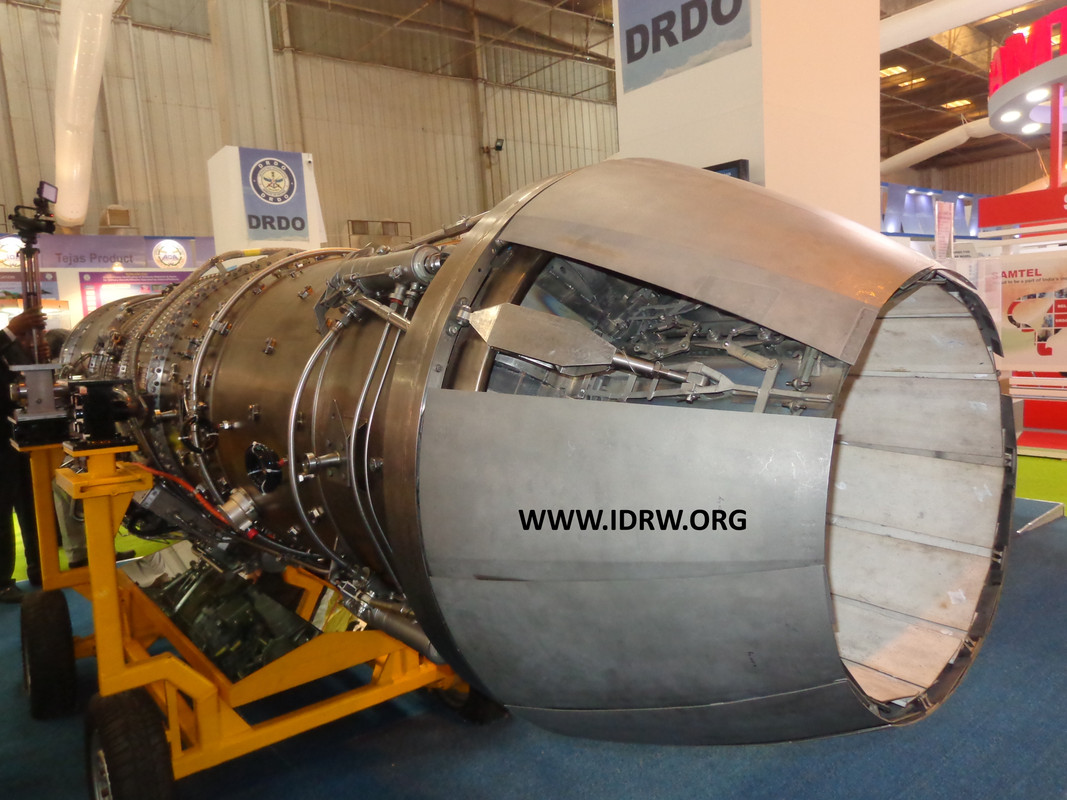
India’s long-standing ambition to develop a homegrown jet engine may soon see a significant milestone. The Gas Turbine Research Establishment (GTRE) is gearing up to demonstrate the indigenous Kaveri engine on an LCA-Tejas Trainer aircraft within the next three years. This demonstration is set to conclude nearly three decades of development on the Kaveri engine program and could offer a powerful alternative to the current engines powering the Tejas Mk1A.
The Kaveri engine program, initiated by the Defence Research and Development Organisation (DRDO) under GTRE, has faced numerous challenges and delays since its inception. However, recent advancements have brought renewed optimism. The target is to achieve an 81-83kN thrust during these demonstration flights, potentially making the Kaveri engine suitable for the second batch of Tejas Mk1A fighters.
Continue readingSOURCE: RAUNAK KUNDE / NEWS BEAT / IDRW.ORG

The Indian Army’s plans to bolster its armoured capabilities with the new Arjun Mk-1A Main Battle Tank (MBT) have hit a snag due to a shortage of engines. The state-of-the-art Mk-1A variant, designed for enhanced firepower, mobility, and survivability, was ordered in 2021 with an initial delivery expected in 2024.
The challenge lies in the supply of the German-made 1400 HP MTU MB 838 Ka-501 V10 diesel engine, a crucial component for the tank’s operation. This engine shortage has put Heavy Vehicles Factory (HVF) in Avadi, Chennai, in a difficult position.
Continue readingSOURCE: RAUNAK KUNDE / NEWS BEAT / IDRW.ORG
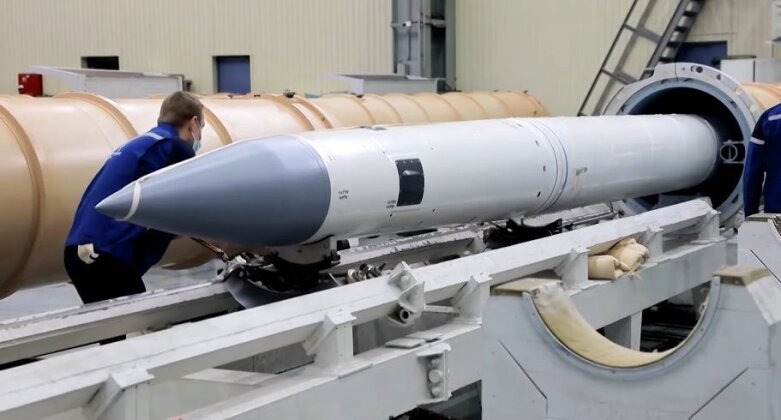
In a significant boost to India’s military capabilities, Russia is set to supply 120 long-range surface-to-air missiles, following Prime Minister Narendra Modi’s recent visit to Moscow. This advanced weaponry is expected to provide India with a substantial edge over its adversaries, particularly Pakistan.
The S-400 air defence system, equipped with the cutting-edge 40N6 interceptor missile, is capable of engaging a wide range of aerial threats, including high-speed, low-altitude targets. When integrated with India’s early warning aircraft, such as the AWACS, the system forms a formidable defensive shield.
Continue readingSOURCE: IDRW.ORG TEAM
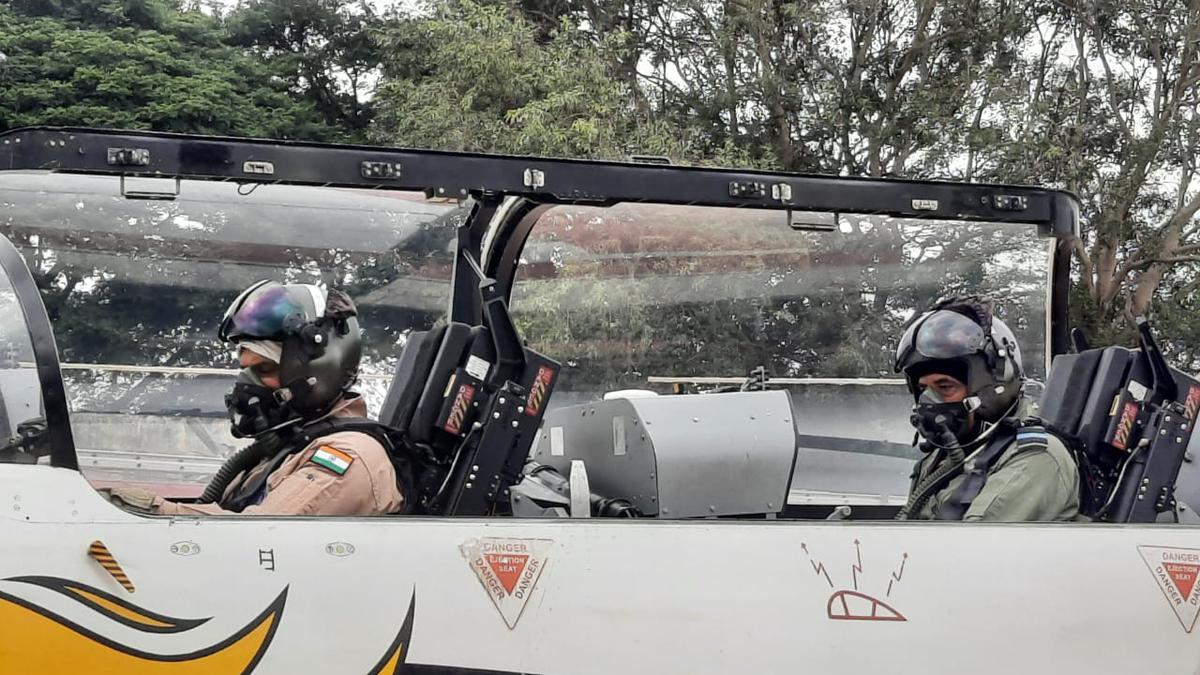
Hindustan Aeronautics Limited (HAL) has officially published a Request for Information (RFI) for the development of an advanced ejection seat for the HTT-40 aircraft. This RFI marks a crucial step in enhancing the safety and operational efficiency of the HTT-40, a basic trainer aircraft designed and developed by HAL.
The ejection seat is a critical component of military aircraft, ensuring the pilot’s safety during emergency situations. HAL’s RFI outlines the specific requirements and components needed for the development of this essential system.
Continue readingSOURCE: RAUNAK KUNDE / NEWS BEAT / IDRW.ORG

India’s indigenous defense manufacturing is set to witness a new chapter as Armoured Vehicles Nigam Ltd (ANVL) plans to form a joint venture (JV) with Russian firms Rosoboronexport (ROE) and Hindustan Power Corporation (HPC) to manufacture a Light Tank for the Indian Army. The JV will be majority-owned by ANVL and India Optel Limited (IOL).
This development is likely to introduce a new contender in the race for the Indian Army’s requirement of 295 Light Tanks under the ‘Make-I’ category. Based on the Sprut-SD design, the proposed Indian Light Tank is expected to compete directly with the DRDO-L&T developed Zorawar Light Tank, which has already commenced trials and secured a first-mover advantage.
Continue readingSOURCE: RAUNAK KUNDE / NEWS BEAT / IDRW.ORG
:quality(70)/cloudfront-us-east-1.images.arcpublishing.com/archetype/NBQXEJG5TBAGFHJJWFNKRRFDCU.jpg)
The Defence Research and Development Organisation (DRDO) has initiated fabrication work on the Pinaka MkIII, a more advanced version of the already potent Pinaka multi-barrel rocket launcher system. This new variant is set to boast an impressive range of 120 kilometres, significantly enhancing India’s firepower capabilities.
Concurrently, the development of a guided version of the Pinaka with a 120-kilometer range is also underway under the Long Range Guided Rocket (LRGR) project. Intriguingly, there are indications of plans for both 120km and 300km variants, possibly with a uniform 300mm calibre.
Continue readingSOURCE: RAUNAK KUNDE / NEWS BEAT / IDRW.ORG
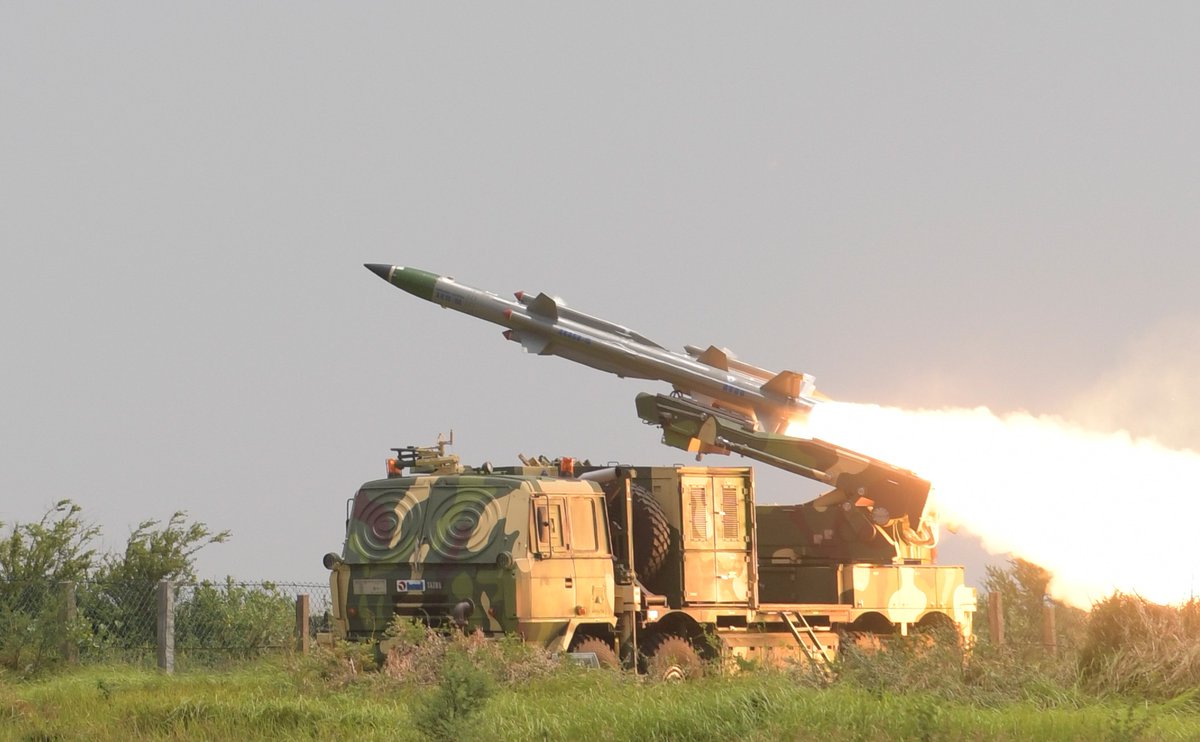
India is set to commence the delivery of its indigenously developed Akash 1S air defence missile system to Armenia later this year. This marks a significant milestone for the country’s defence exports, as Armenia becomes the first international customer for the advanced missile system.
Manufactured by Bharat Dynamics Limited (BDL), the Akash 1S is an upgraded version of the existing Akash missile, featuring an indigenous seeker that enhances its target acquisition and interception capabilities.
The system employs a combination of command guidance and active terminal seeker guidance, providing a robust defence against aerial threats such as fighter jets, cruise missiles, and drones.
Continue readingSOURCE: IDRW.ORG TEAM

The Defence Research and Development Organisation (DRDO) has initiated a groundbreaking project to develop a cutting-edge Through Wall Imaging Radar (TWIR). This innovative technology is set to revolutionize surveillance and security operations across the country.
Unlike its predecessors, the upcoming TWIR will be designed in both handheld and tripod-based configurations, offering unmatched flexibility and portability to security personnel. This versatility will enable operators to swiftly deploy the radar in a variety of challenging environments, from urban settings to remote terrains.
Continue readingSOURCE: IDRW.ORG TEAM
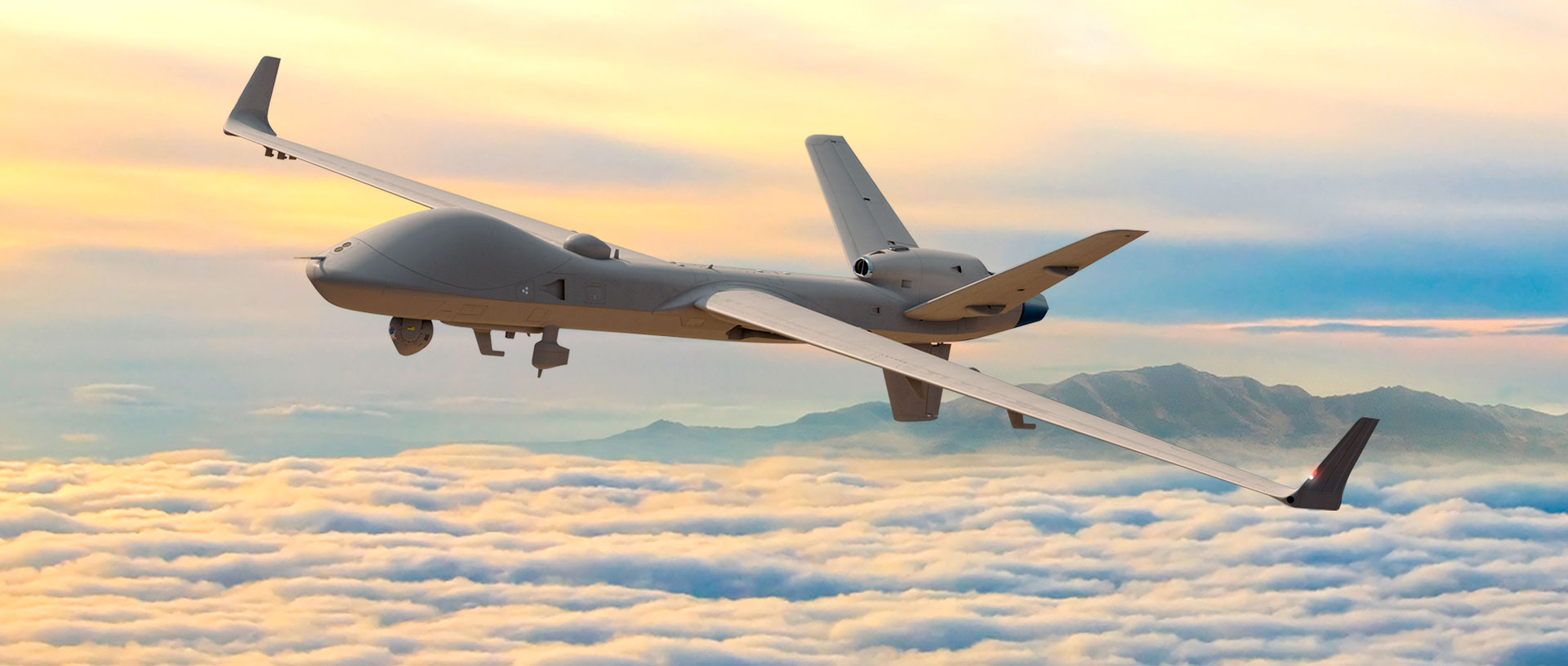
India is inching closer to acquiring 31 MQ-9B High Altitude Long Endurance (HALE) Unmanned Aerial Vehicles (UAVs) from the United States. The Defence Acquisition Council (DAC), chaired by Defence Minister Rajnath Singh approved amendments to the deal with General Atomics.
These amendments, according to a defence source, are within the scope of the initial agreement and primarily focus on increasing indigenous content. The US has already completed its formalities, including delivering the Letter of Offer and Acceptance to India in early March. India is now in the final stages of the procurement process before the deal is signed by the Cabinet Committee on Security.
Continue readingSOURCE: IDRW.ORG TEAM
.jpg)
Bharat Earth Movers Limited (BEML) is undergoing a strategic transformation, with a focus on expanding its footprint in the naval, maritime, aerospace, and tank engine sectors.
In a recent statement, the company revealed that it has established dedicated business units for each of these domains over the past six to eight months. BEML envisions these units contributing a substantial 8-10% of the company’s overall revenue in the coming years.
Continue readingSOURCE: RAUNAK KUNDE / NEWS BEAT / IDRW.ORG
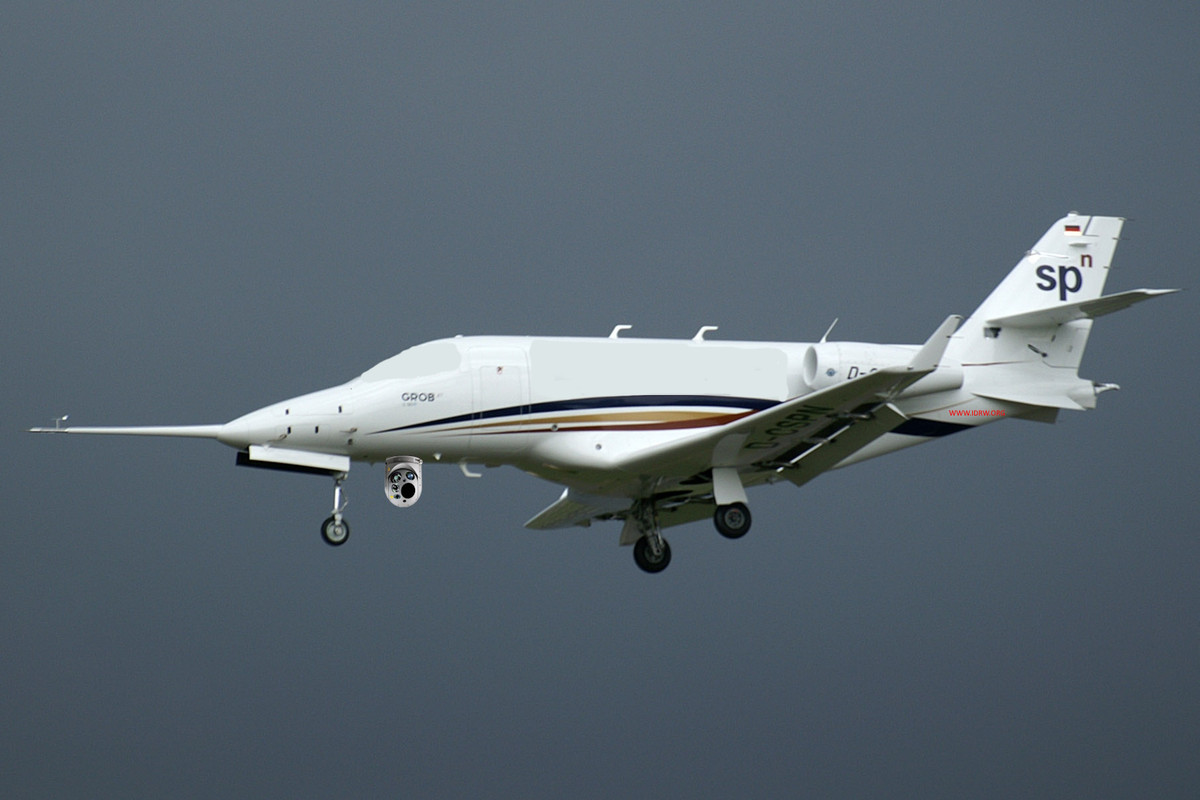
Tata Advanced Systems Limited (TASL) is set to make a significant stride in India’s defence manufacturing sector with the planned rollout of its first Grob G 180 aircraft by 2026. This twin-engine, high-altitude aircraft will be customized to serve as an Electronic Intelligence (ELINT) platform, a critical asset for modern militaries.
In a strategic move, the Tata Group acquired the intellectual property rights in 2021 for the German-origin Grob G 180 SPn, a platform that never reached full-scale production. TASL plans to leverage this foundation to develop and manufacture an indigenous military aircraft tailored to Indian requirements.
Continue readingSOURCE: RAUNAK KUNDE / NEWS BEAT / IDRW.ORG

After rigorous internal trials spanning nearly three years, the Indian Army is poised to place a substantial order for the indigenously developed Wheeled Armoured Platform (WhAP) 8×8. Reports suggest the order could be in the hundreds.
Developed jointly by DRDO and Tata Advanced Systems, the WhAP 8×8 is a versatile platform with amphibious capabilities, making it suitable for a wide range of operational scenarios. The Army has already inducted a smaller batch of Infantry Protected Mobility Vehicles (IPMVs), a stripped-down version of the WhAP without amphibious features. However, the platform’s full potential has been extensively evaluated through testing of a dedicated WhAP 8×8 prototype.
Continue readingSOURCE: RAUNAK KUNDE / NEWS BEAT / IDRW.ORG

Hindustan Aeronautics Limited (HAL) is gearing up to significantly enhance its manufacturing capabilities through substantial investments in automation technology. This strategic move is aimed at reducing the acquisition cost of future fighter jets, particularly the upcoming Advanced Medium Combat Aircraft (AMCA).
The Indian Ministry of Defence is concurrently engaged in discussions with a private sector company to integrate it into the final assembly line of the AMCA, scheduled to commence production in 2033-34. This collaboration marks a significant step towards leveraging private sector expertise in the aerospace domain.
Continue readingSOURCE: IDRW.ORG TEAM

Flying Wedge Defence and Aerospace, the Bengaluru-based startup, has achieved a significant milestone in the development of its indigenous military-grade bomber UAV, the FWD-200B. The company has successfully completed both low and high-speed taxi trials of the aircraft at the DRDO Aeronautical Test Range in Chitradurga. This brings the UAV closer to its maiden flight, which is expected to take place soon.
Earlier this year, in March, the company unveiled a scaled mock-up of the FWD-200B, which drew attention for its peculiar round-shaped design fuselage and extremely small landing gears . However, this initial model was a cardboard mockup. The UAV is now in its physical form and has undergone ground testing to assess its performance and systems before taking to the skies.
Continue reading